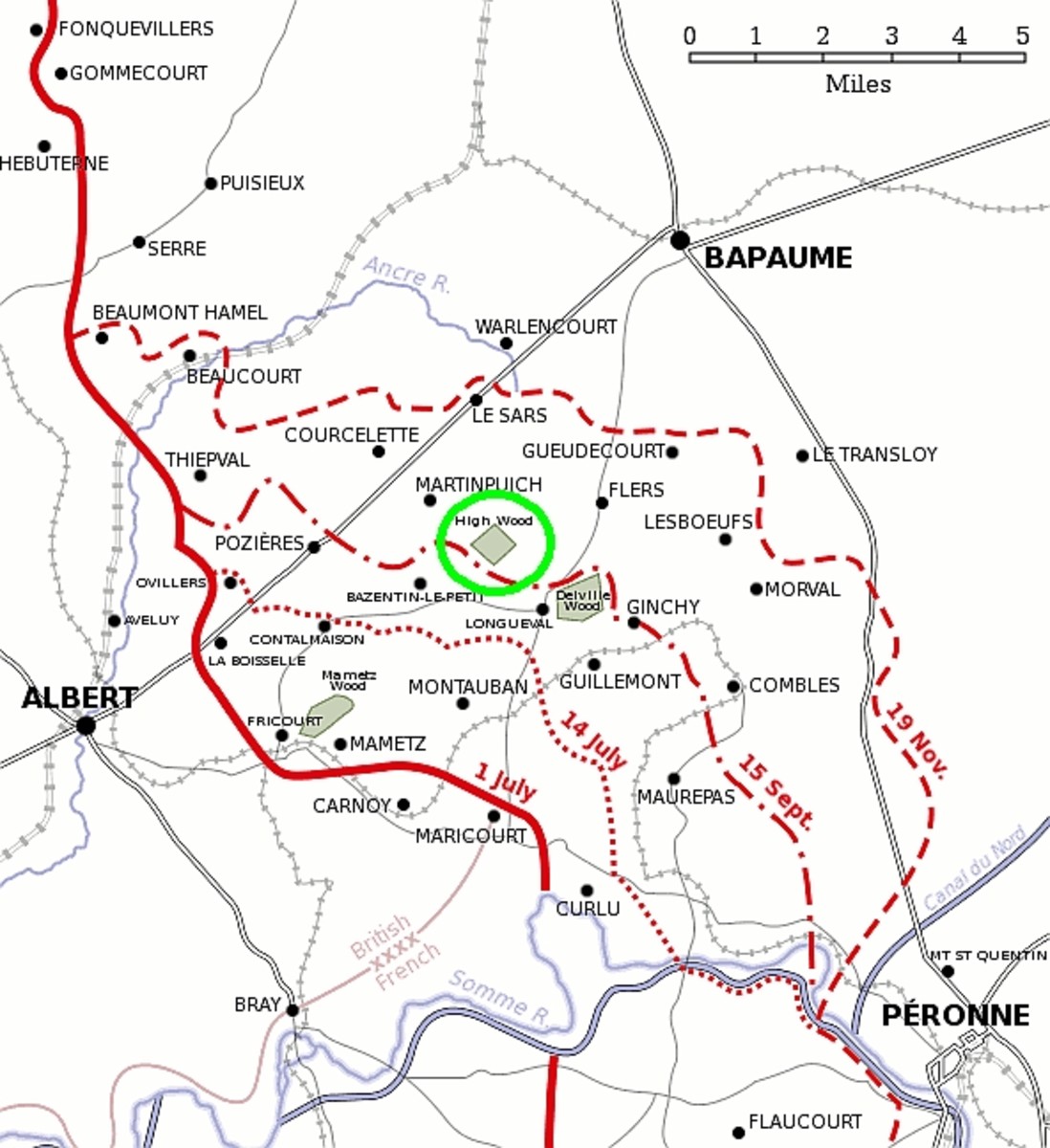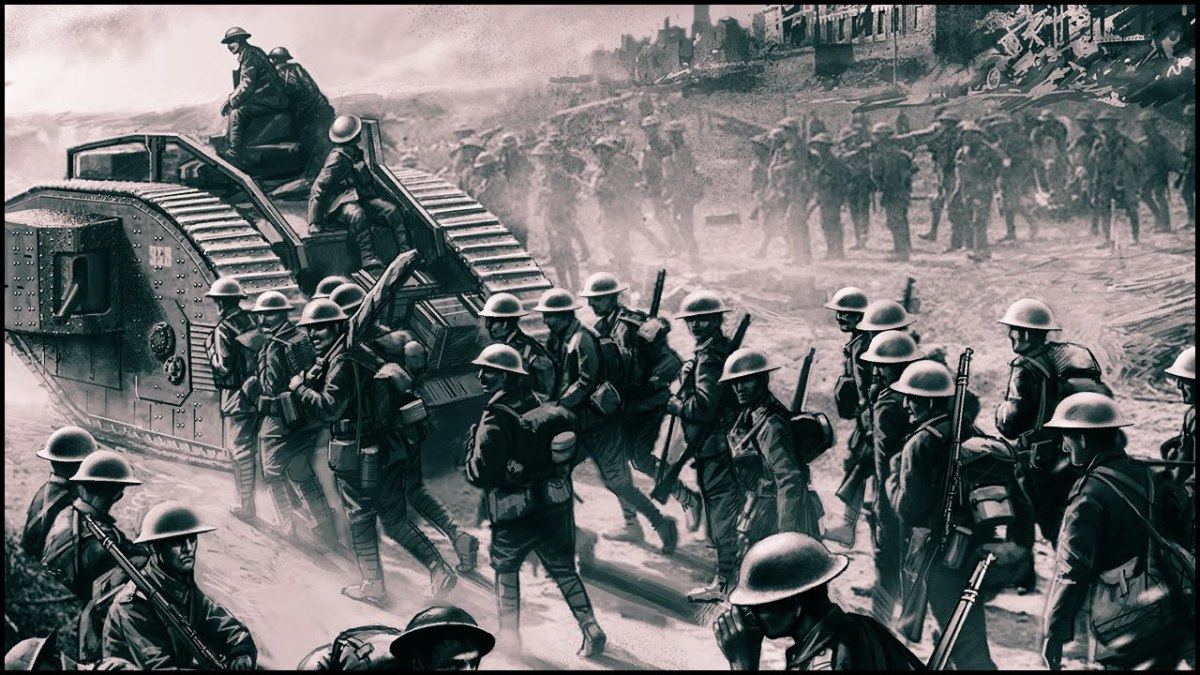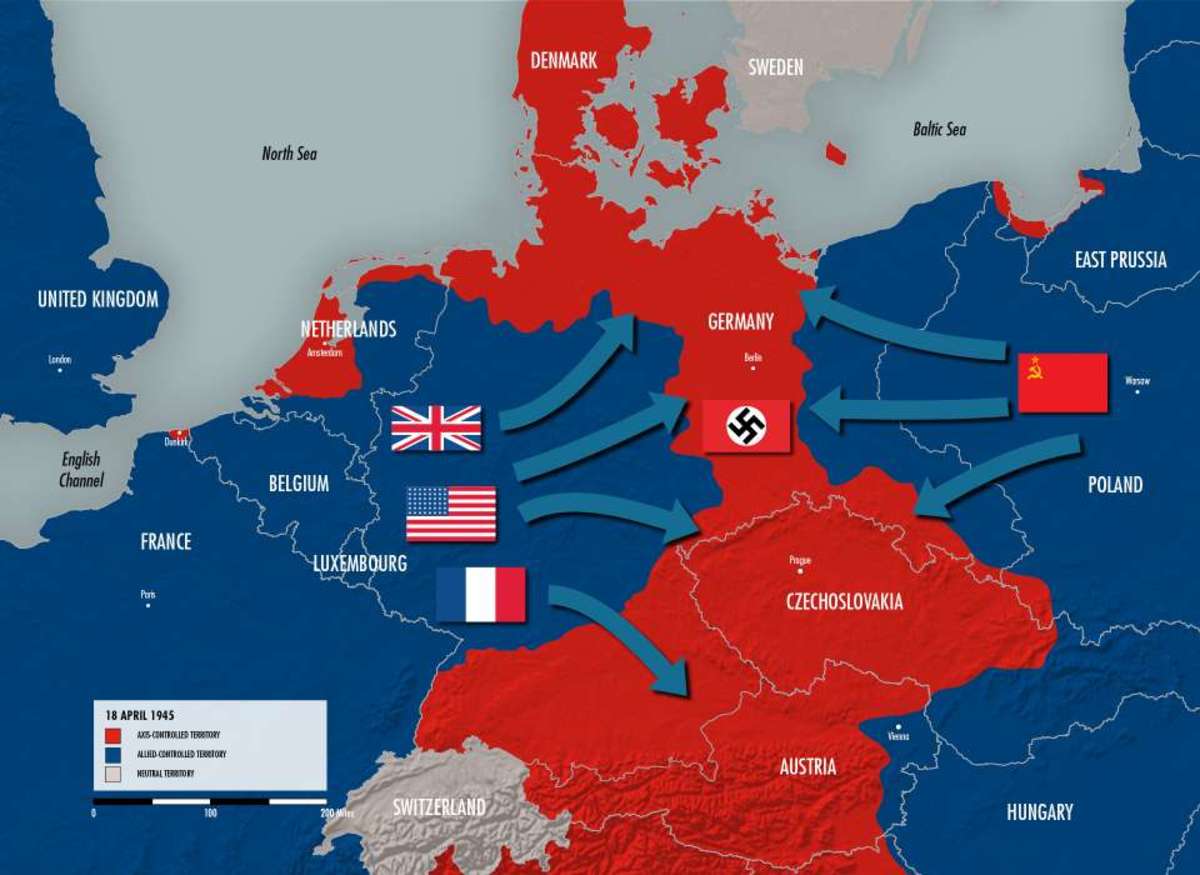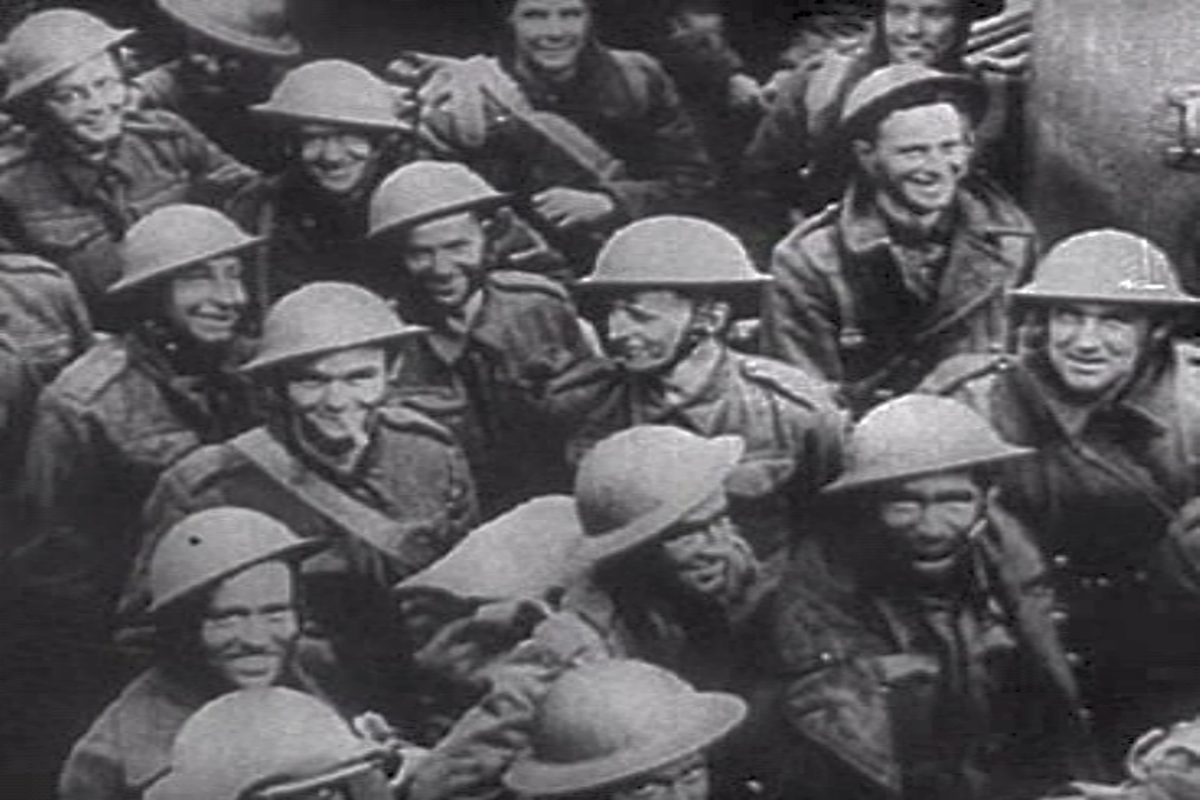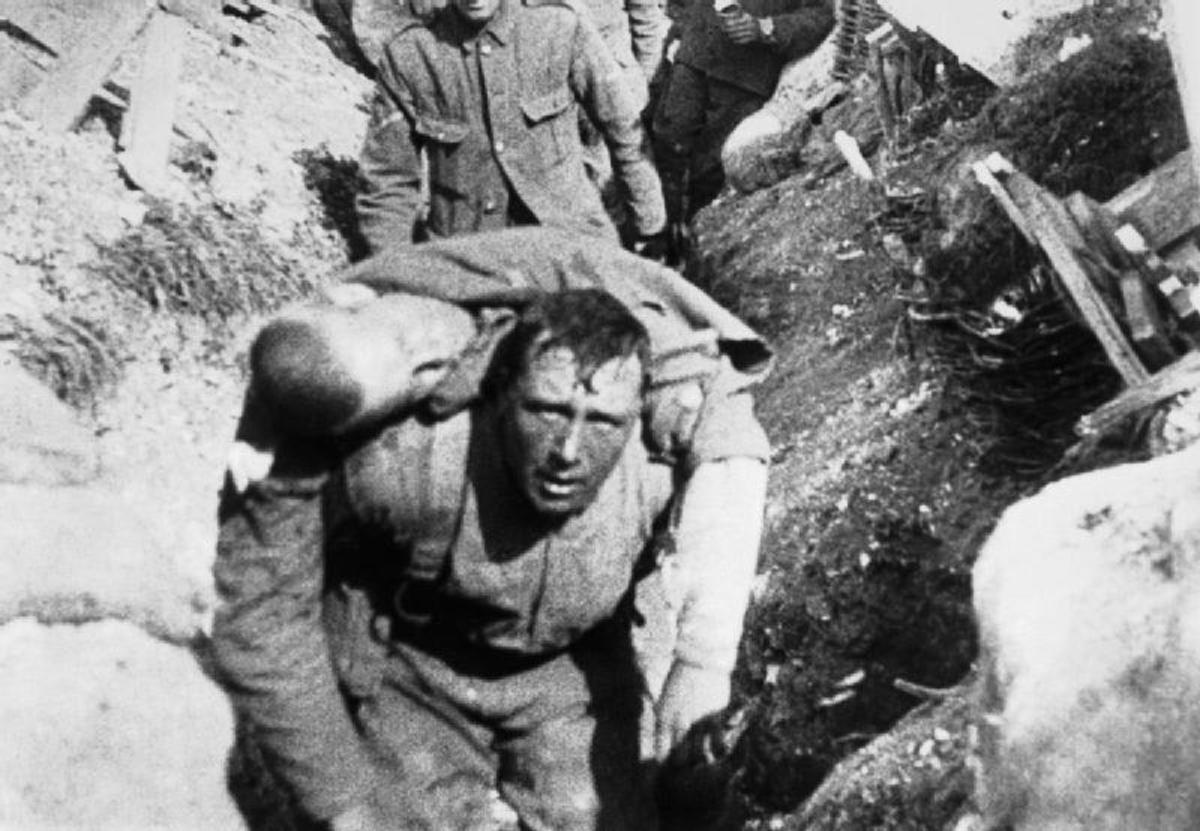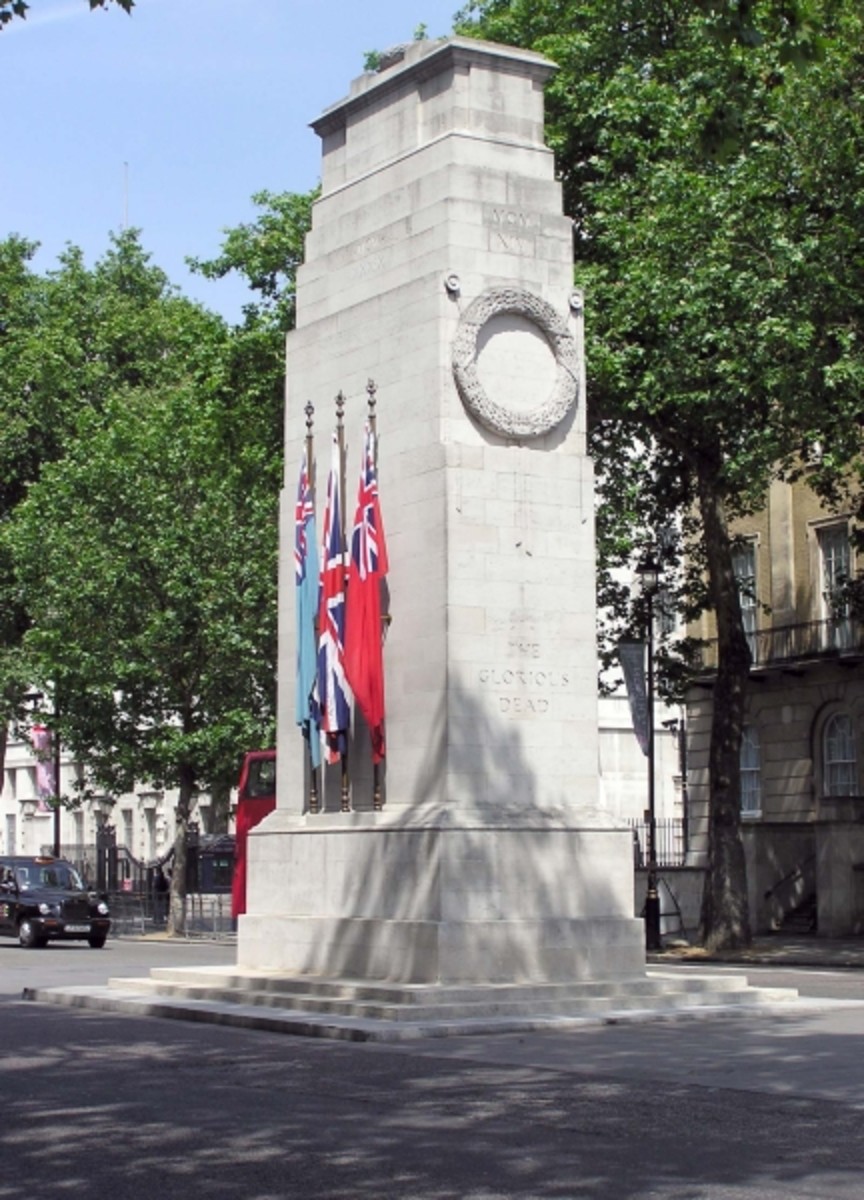- HubPages»
- Education and Science»
- History & Archaeology»
- History of the Modern Era»
- Twentieth Century History
History of World War I Part II Fight at Two Fronts
Visit History of World War I Part I for previous details
The Western Front
The initial plan of the German strategy was to defeat France in the west shortly, while a small part of the German Army and all the Austro-Hungarian forces contained the expected Russian invasion in the east. It was hoped to defeat France quickly thanks to the strategy of 'blitzkrieg' contained in the Schlieffen Plan, drawn up by Count Alfred von Schlieffen, chief of the German General Staff from 1891 to 1907. The proposed project was as follows: German troops had conquered Belgium, the French surrounded by fast-moving and then change the face and defeat them quickly and decisively. When this plan was implemented in the autumn of 1914 seemed to have been a success. The rapid incursion of the Germans in early August destroyed the Belgian Army, who left the fortresses of Liege and Namur and took refuge in the fortress of Antwerp. The German troops, advancing at high speed, beat the French at Charleroi and Mons British Expeditionary Force, prompting the withdrawal of Belgian entire Allied line. At the same time, the Germans drove the French of Lorraine, which had been invaded, and forced them to withdraw from the border of Luxembourg. The British and French troops were soon back to the river Marne, but three German armies rushed to his position, so they had to cross it. The fall of the French capital seemed so imminent that the government moved to Bordeaux Gaul. However, once the Germans had crossed the Marne, the French, led by General Joseph Joffre, Paris surrounded and attacked the German First Army, commanded by Gen. Alexander von Kluck, located on the right of the three armies advancing to the French capital.
In the first battle of the Marne, which was held from 6 until 9 September, the French managed to stop Kluck's army, which had distanced itself from the other two German forces and could not receive reinforcements. In addition, the Germans had lost some of its troops on August 25, when General Helmuth von Moltke the Younger, German chief of staff, thinking they had gotten the victory on the western front, he sent six of these units to the east . The French pressure on the German right flank of Kluck's army forced to retreat, and then all German forces retreated to the Aisne River. The French advanced and attempted to expel the Germans from the territory next to the river, leading to the battles of the Aisne, the Somme and Arras. However, they were unable to dislodge the Germans from this position and they extended their lines to the east toward the Meuse north of Verdun. Both sides then tried to reach the North Sea, where they found the channel ports. The Germans could not reach it because the Belgians had flooded Yser River region. The western part of the Allied line was occupied by the British, who were already in Ypres (located in the southwestern corner of Belgium) in the race to the canal. The Germans, after taking Antwerp on October 10, attempted to cross the British positions in Belgium, but were unable to meet its target named after the battles of Flanders. In December, the Allies launched a series of offensives along the whole front, from west to Niewpoort Verdun in the east, but failed to significant territorial gains.
In late 1914, both sides were holed up in separate lines that stretched over 800 kilometers, from Switzerland to the North Sea. Just there were changes on this front for nearly three years.
The battles of Flanders represented the end of the war of movement on the western front. From late 1914 until almost the end of the war, it became a war of trenches or 'wear'. The front was formed by numerous parallel lines of trenches supplied and protected by barbed wire and each side trying to cross enemy lines sporadically. The British tried to break the enemy front in March 1915, but only captured the front line of the Germans. They launched a failed assault on Ypres in April using chlorine gas, this was the first time that chemical warfare was practiced on a large scale. The joint offensive launched by the British and French along the front line between Neuve Chapelle and Arras in May and June allowed his troops advanced 4 km in the German trench system, but it did not get through. The British repeatedly besieged the city of Lens during the month of September, while the French attacked the Vimy Ridge. That same month, the French launched a large-scale assault on a front that stretched from Reims to the Argonne Forest Region and managed to take the first line of German trenches, but could not advance to the second. Overall, one can say that during 1915 there was no change in the positions defined at the end of 1914.
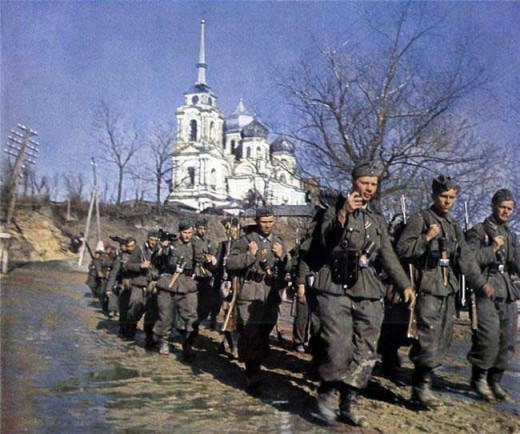
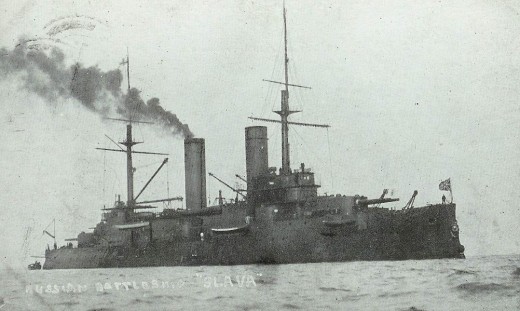
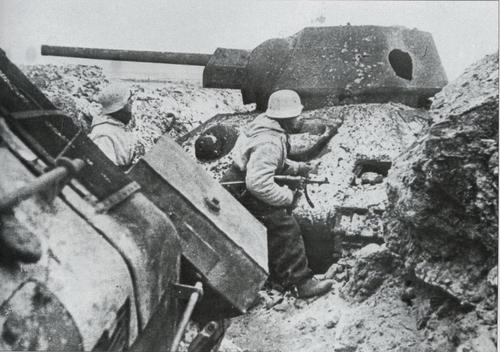
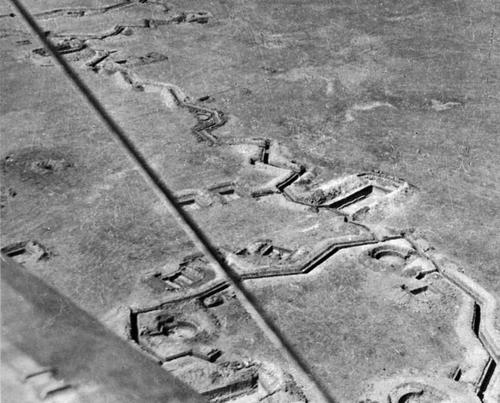
The Eastern Front
The Russians took the offensive on the eastern front since the beginning of the war, according to the plans of the allies. In August 1914, two Russian armies penetrated into East Prussia, and four armies invaded the Austrian province of Galicia. After a series of Russian victories, the evacuation of East Prussia was imminent, but the German reinforcements, led by General Paul von Hindenburg, the Russians finally defeated at the Battle of Tannenberg, fought from 26 to 30 August 1914. The four Russian armies that had invaded the territory of Austria advanced steadily through Galicia, Przemysl and Bukovina conquered, and were in position to venture in Hungary in late March 1915. However, a joint Austro-German force made them withdraw from the Carpathian Mountains. In May, the Austro-Germans launched a major offensive in central Poland by September 1915, had succeeded in driving the Russians out of Poland and Lithuania and taken all the Russian border fortresses. The Russians left Galicia to address the offensive when it ceased, the Russian lines were behind the Dvina River between Riga and Daugavpils, and the Germans went to the river Dniester. Although the Central Powers did not have any decisive operation on the Eastern Front between 1914 and 1915, Russia had lost many men and so many supplies from that time was unable to undertake important actions. This front was the scene of significant fighting during 1914 and 1915, delivered specifically in the Masurian region, among which the first (from 7 to 14 September 1914) and second (from 7 to 21 February 1915) Battles of the Masurian Lakes, both ended in victory for the Germans.

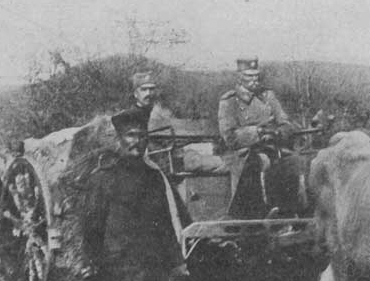
The war in Serbia
The Austrians invaded Serbia on three occasions during 1914 and were rejected in all of them. The front remained stable until October 1915, date on which British and French troops arrived in Thessaloniki thanks to an agreement with the government of Greece, who remained neutral and allies anticipated entry into the conflict in Bulgaria support of the Central Powers, its purpose was to help Serbia, which is the objective of the Bulgarian attack. When Bulgaria declared war on Serbia on 14 October 1915, Allied forces went into Serbia. The Bulgarians defeated the Serbian Army and the British and French from Thessaloniki. Similarly, on 6 October, the Austro-German troops, led by General August von Mackensen, launched a strong attack on Serbia from Austria-Hungary. In late 1915, the Central Powers had conquered all of Serbia, the Serbian troops survivors took refuge in Montenegro, Albania and the Greek island of Corfu occupied by the French in January 1916. The British and French troops who were in Serbia retreated to Salonika, which remained in position ready for further action.
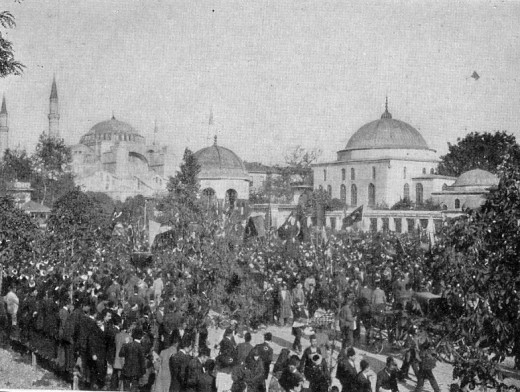
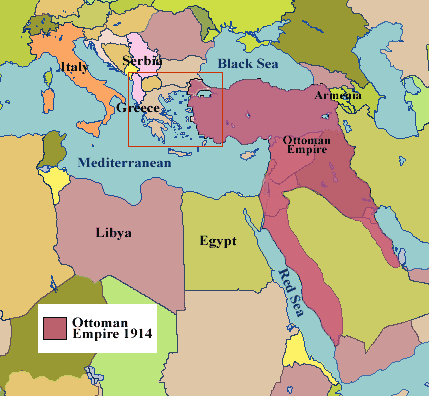
The front Ottoman
The Ottoman Empire entered the war on 29 October 1914, date on which its ships working with the German naval bombardment of Russian ports on the Black Sea, Russia officially declared war on November 2, and Britain and France did his time on 5 November. The Turks (Ottomans) began the invasion of the Russian side of the Caucasus Mountains in December, but the small territory they conquered was reduced significantly in August 1915. However, Turkish pressure in this region had forced the Russian government to apply in early 1915 that the British carried out a diversion in the Dardanelles. In response, British naval force, commanded by General Sir Ian Hamilton bombarded the Turkish Straits strong in February of that year, and between April and August there were two landings of Allied troops on the Gallipoli peninsula, the first made in April, was carried out by British troops, Australian and French, in August attended by more British divisions. The Allied objective was to conquer the Dardanelles, but the Gallipoli campaign was a complete failure for the allied troops, who in December 1915 and January 1916 were withdrawn.
Meanwhile, British forces from India defeated the Turks in several battles in the valley of Mesopotamia in 1914 and 1915, particularly that of Kutal Amarah, but the Turks stopped the British advance toward Baghdad with the battle Ctesiphon, forcing them to retreat to Kutal Amarah in November 1915. Ottoman troops besieged the city on December 7.
The Italian front
Italy declared war on Austria-Hungary on 23 May 1915. The major military confrontations took place in the Italian-Austrian front during that year were four battles fought between their armies on the Isonzo river. The aim of the Italian attack was to break the Austrian lines and conquer Trieste.
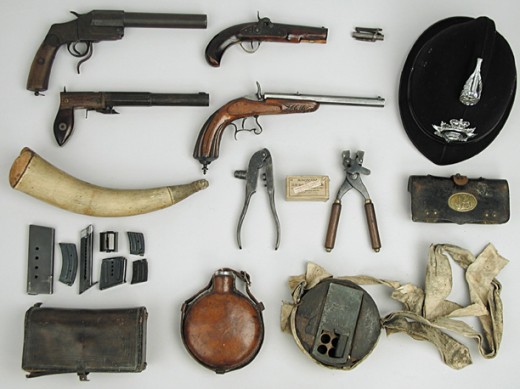
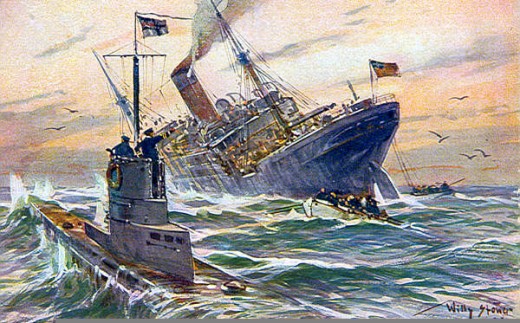

1916: Continuing Stagnation
The victory obtained by the Germans in 1915 to persuade the Russians to regress in East Prussia, Galicia and Poland were allowed to focus its operations on the western front in 1916 to try to conclude the campaign in this area.
Verdun and the Somme
The Germans plan, designed by Erich von Falkenhayn, chief of the German Army, was to launch an attack on Verdun to get weaken the forces defeated the French cause as many casualties as possible. The plan of the Allies in 1916, established by the French Army Marshal Joseph Joffre, and British Army General Sir Douglas Haig, was to try to break the German lines in the west by a massive offensive in the region of the river Somme. The Germans began the battle of Verdun on 21 February, after a fierce struggle, took the forts of Douaumont (25 February), Vaux (June 2) and THIAUMONT (June 23), but failed to win thanks to Verdun defense of this city did General Henri Philippe Pétain. Due to the numerous casualties in battle, the French reduced their contribution to the Allied offensive of the Somme, which began July 1 and lasted until mid-November, and whose responsibility fell on the British. In the battle of the Somme, the British first used modern tanks in the attack launched on 15 September Courcelette. The French launched a counter attack on Verdun in October and recaptured the forts of Douaumont and Vaux (November 2), restoring the situation before February. Hindenburg dismissed Falkenhayn as German chief of staff and appointed Erich Ludendorff in August. General Robert Georges Nivelle replaced Joffre as Commander in Chief of the French armies of North and Northeast in December.



